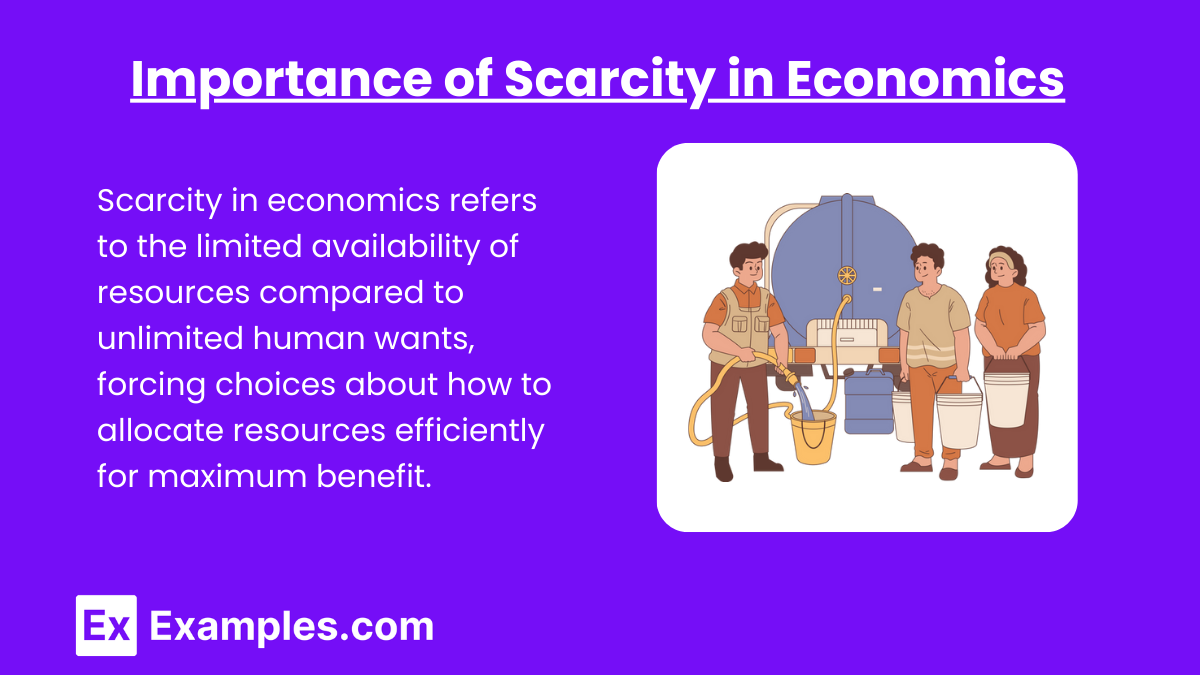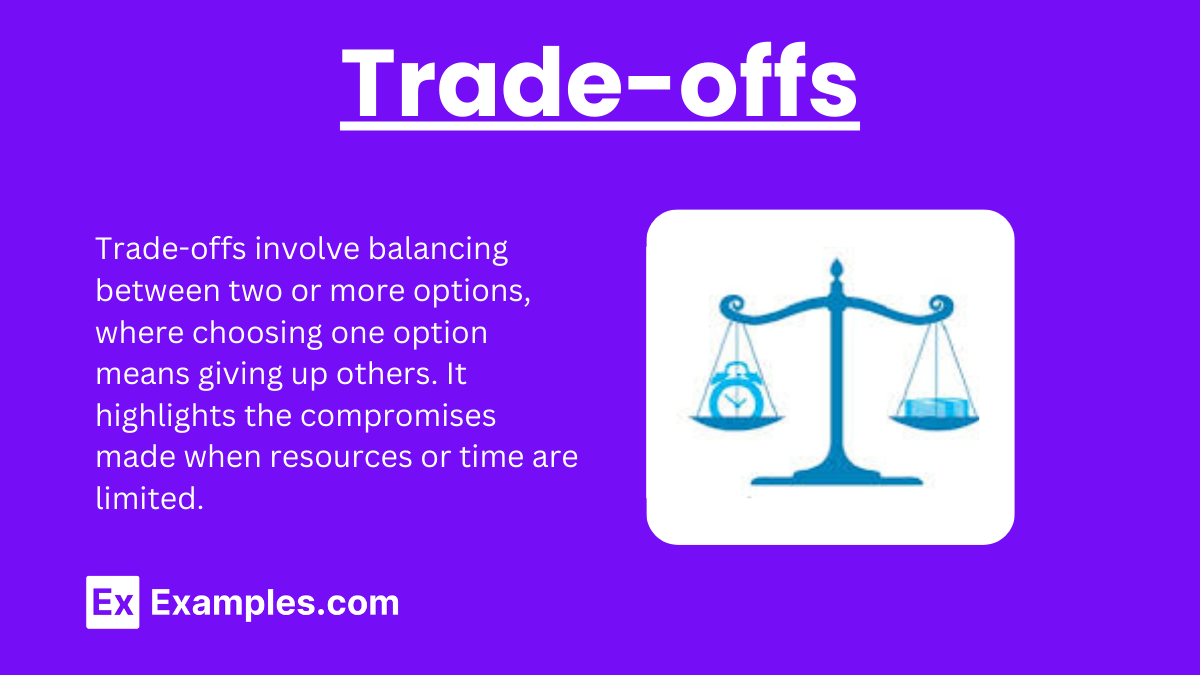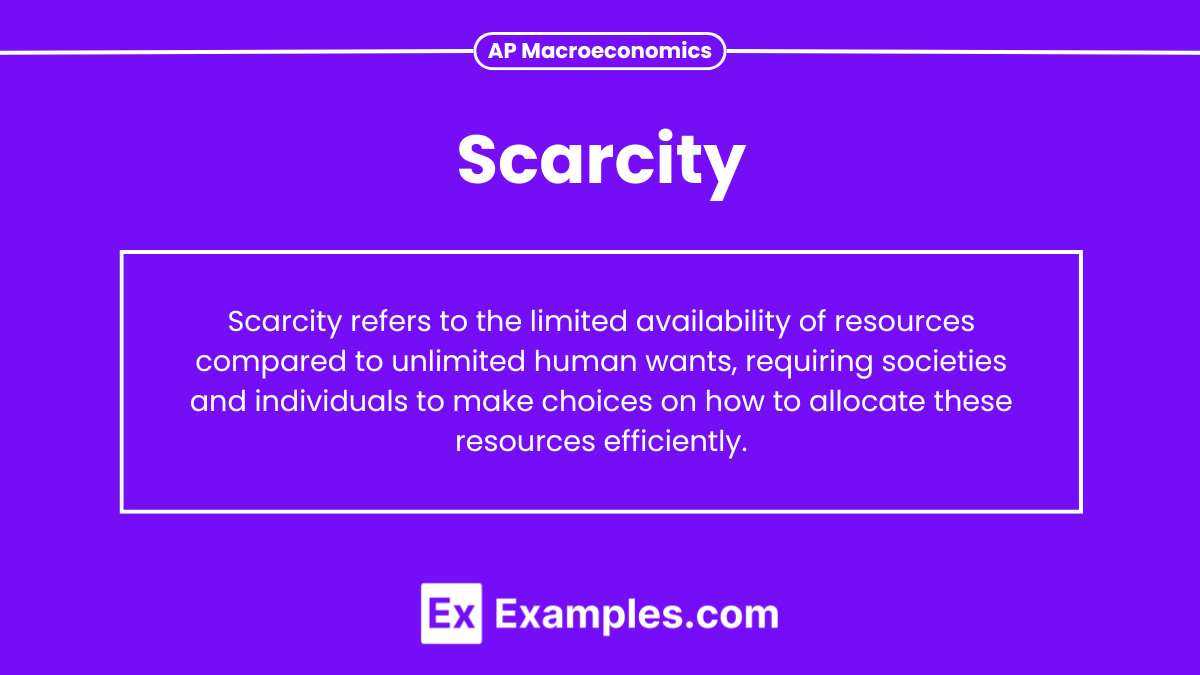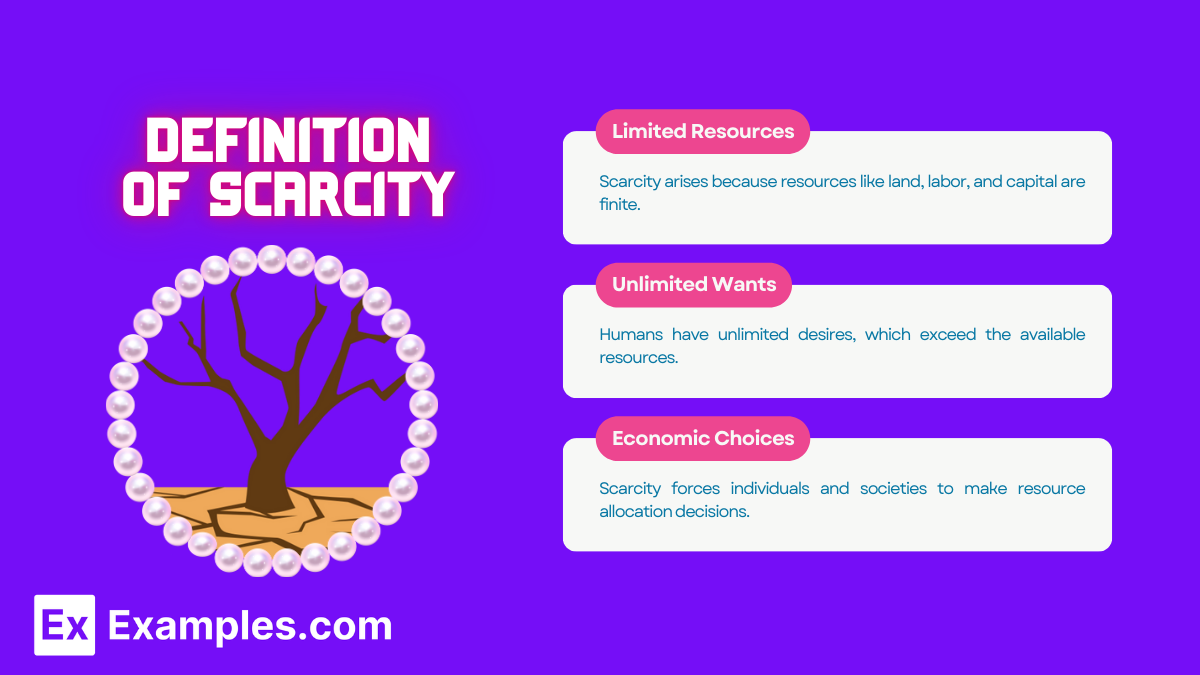Scarcity refers to the fundamental economic problem of limited resources and unlimited wants. In AP Macroeconomics, understanding scarcity is essential as it drives individuals, businesses, and governments to make choices. This concept underpins the study of opportunity costs, trade-offs, and resource allocation, which are key to comprehending how economies function and distribute resources effectively.
Free AP Macroeconomics Practice Test
Learning Objectives
In this topic, you should understand how scarcity forces individuals, businesses, and governments to make choices due to limited resources. You'll learn how scarcity relates to opportunity cost, trade-offs, and economic decision-making. Mastering this concept is essential for understanding resource allocation and the basis of economic systems.
1. Definition of Scarcity
Scarcity is the basic economic problem that arises because resources are limited, while human wants are unlimited. In AP Macroeconomics, scarcity is foundational as it necessitates decision-making regarding how resources are allocated to satisfy the most pressing needs.
Key Concept: Resources such as land, labor, and capital are finite, leading to choices about how they are used.
2. Importance of Scarcity in Economics

Scarcity forces individuals, businesses, and governments to make decisions about how to use limited resources effectively. The entire study of economics is built on understanding how scarcity impacts choices and the allocation of resources.
Why it matters: Scarcity leads to the need for trade-offs and prioritization in resource use, which shapes economic systems and policies.
3. Opportunity Cost

Whenever a decision is made to allocate a resource for one purpose, something else is sacrificed. The opportunity cost is the value of the next best alternative that is given up.
Example: If a government spends on defense, the opportunity cost may be reduced funding for education or healthcare.
Understanding for the Exam: Identifying opportunity costs helps explain why certain economic decisions are made and how resources are prioritized.
4. Trade-offs

Because of scarcity, every decision involves trade-offs. A trade-off occurs when choosing more of one thing results in getting less of another. Understanding trade-offs helps explain how individuals and societies make decisions in the face of scarcity.
Example: A student choosing to study longer for the AP exam might trade off leisure time or sleep.
Examples
Example1: Water Scarcity in Arid Regions
In regions like the Middle East and Northern Africa, limited rainfall and freshwater sources lead to severe water scarcity. This forces governments to prioritize water use for agriculture, domestic needs, and industry, often requiring investments in desalination and conservation methods.
Example 2: Medical Supply Shortages During Pandemics
During health crises like the COVID-19 pandemic, medical supplies such as masks, ventilators, and vaccines become scarce. Healthcare systems must make difficult decisions about how to allocate these resources to save lives while ensuring future availability.
Example 3: Oil Scarcity and Energy Demands
As a nonrenewable resource, oil is limited. Countries face scarcity as global demand for energy rises. Governments must decide between using oil for transportation, manufacturing, or transitioning to alternative energy sources.
Example 4: Land Scarcity in Growing Cities
In rapidly expanding cities like New York or Tokyo, land is scarce, driving up real estate prices. This scarcity leads to trade-offs between using available land for housing, commercial development, or public spaces like parks.
Example 5: Food Scarcity After Natural Disasters
Natural disasters, such as hurricanes and earthquakes, disrupt food supply chains, leading to temporary scarcity. Local authorities must prioritize distributing food to the most affected areas, balancing immediate needs and long-term recovery efforts.
MCQs
Question 1
What was Napoleon’s primary goal during his reign?
A) Expand French territory
B) Establish a republic
C) Strengthen the Catholic Church
D) End all wars in Europe
Answer: A) Expand French territory
Explanation: Napoleon aimed to expand French dominance across Europe through military campaigns and territorial conquests.
Question 2
The Congress of Vienna aimed to:
A) Restore monarchies and balance power in Europe
B) Create democracies across Europe
C) Promote French revolutionary ideals
D) Form a unified Europe
Answer: A) Restore monarchies and balance power in Europe
Explanation: The Congress of Vienna sought to reestablish monarchies and maintain a balance of power to prevent future conflicts.
Question 3
Which policy was introduced by Napoleon to weaken Britain economically?
A) Continental System
B) Napoleonic Code
C) Berlin Decree
D) Treaty of Tilsit
Answer: A) Continental System
Explanation: The Continental System blocked European trade with Britain to weaken its economy and military power.



